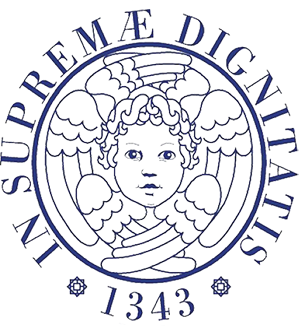1. Definition:
The transurethral incision of the prostate is an endoscopic intervention (does not imply external skin incision) whose purpose is to solve the prostate-bound obstacle to emptying the bladder.
2. Indications:
Benign prostatic hyperplasia. The technique is for prostate weights of <30 grams, without the development of the middle lobe.
3. Description of the technique:
Transurethral endoscopic prostate incision consist in one, or rarely two, full-thickness prostate incisions via the urethra without removing the hyperplastic tissue.
The procedure is usually performed in loco-regional or general anesthesia.
4. Preparation:
Antibiotic and antithrombotic prophylaxis is generally recommended.
5. Duration of the procedure:
TUIP is the fastest intervention among those performed for the treatment of benign prostatic hyperplasia: the average duration is 20 minutes.
6. Type and length of hospitalization:
After the surgery a bladder catheter is applied, associated with a continuous bladder wash system. In the absence of complications, the catheter is removed on average after 1-2 days. In the absence of complications, the average hospital stay is 1-3 days.
7. Results:
A. Symptomatology: Improvement in symptoms is achieved in 78-83% of patients.
B. Results Objectives: Transurethral prostatic incision achieves objective results (increased urinary strength, reduction of post-urination residue and reduction in obstruction) slightly less than prostate resection.
C. Duration: Long-term efficacy rates are slightly lower than prostate resection, but the technique also proves to be valid far from the intervention: 14% of re-intervention after 5 years.
8. Benefits:
- Quick intervention
- Less blood loss and complications than prostate resection.
- Catheterization time and shorter hospitalization across all destructive interventions
- Good subjective and objective results.
9. Disadvantages:
- Technique not feasible in the case of prostate cancer of medium to high volume
- Technique not feasible in case of medium lobe development
- Histological examination not feasible
- Higher percentages, though negligible, of re-intervention compared to prostate resection
10. Side Effects:
- TUIP involves retrograde ejaculation in 6-55% of cases.
- After removal of the catheter, patients may experience mild urinary disorders that may persist for 3 months.
11. Complications:
- The haemorrhage with necessity of transfusion occurs in 1.2% of cases.
- This technique has never been reported on the onset of TURP syndrome (syndrome due to reabsorption of washing fluid which entails confusion, nausea, vomiting, nerve disorders and circulatory instability).
- After some time after the surgery, the urethral stenosis and the bladder neck stenosis occurs in 0.4-2.6% of the cases and resolution may require a second endoscopic intervention (cervicotomy or urethrotomy or urethroplasty)
- Urinary incontinence, in its various degrees, has an incidence of about 0.1-0.8%.
- Although the disappearance of impotence after the TUIP has been reported, it is difficult to justify that the technique may be the cause of the organic disorder.
- The probability of death has been estimated at 0.2-1.5%.
12. Attentions to be submitted after discharge:
It is recommended a morigerized lifestyle (reduced physical stress, low sexual and / or sports activity, moderate diet, antiseptic urinary therapy, etc.) and abstinence from normal working activities for a period varying from 7 to 21 days.
It is advised to avoid long journeys in the car and the use of cycles and motorcycles. Normal should be the introduction of liquids via os.
13. How to deal with complications when at home:
In case of urinary retention or hematuria, contact the urologist.
If bladder irritation persist or fever occurs, the patient may refer to his own medical care first, then the physician will decide what to do.

